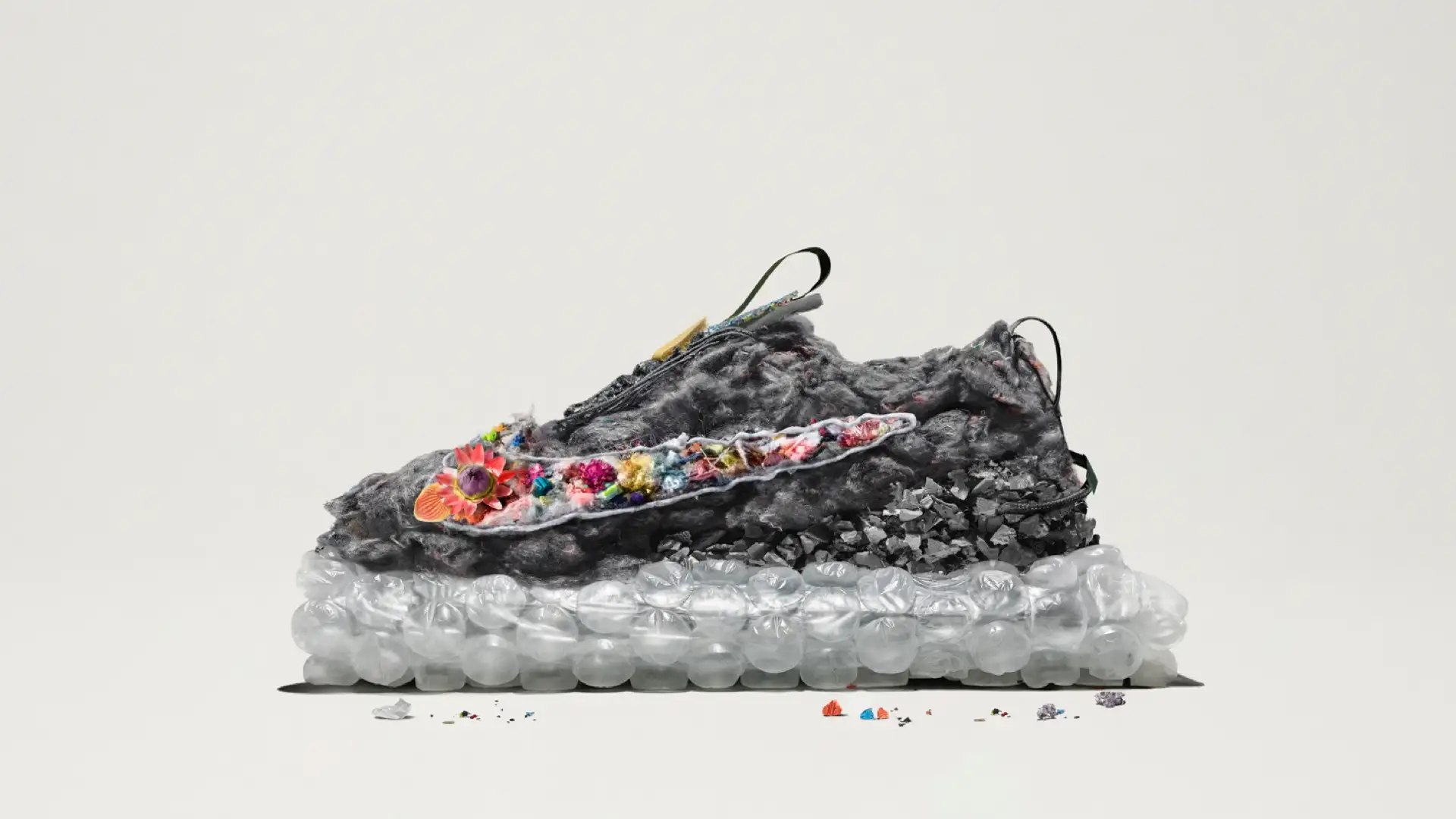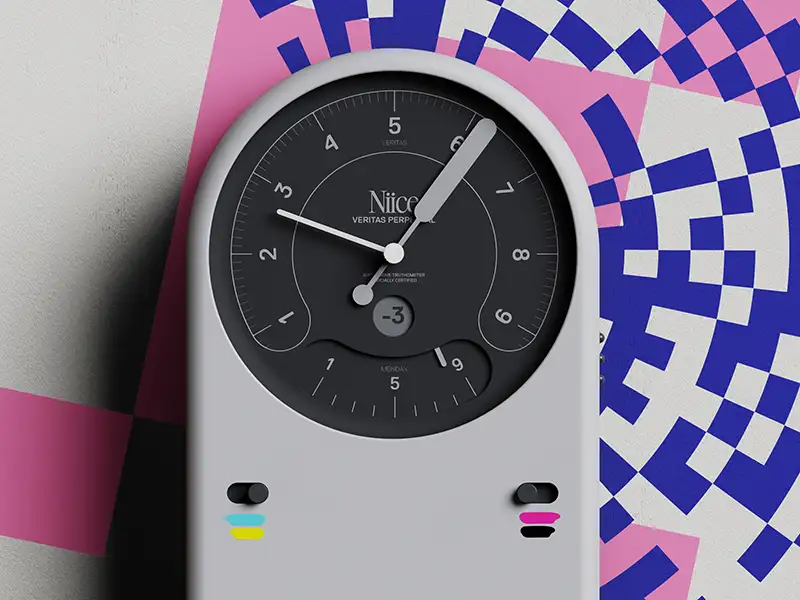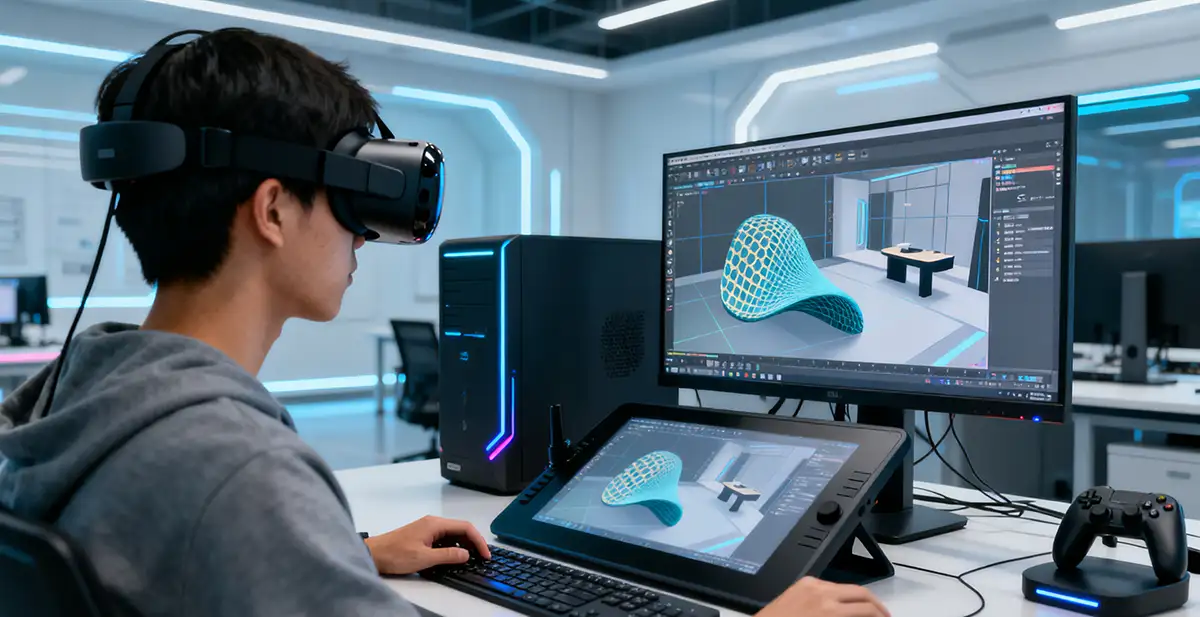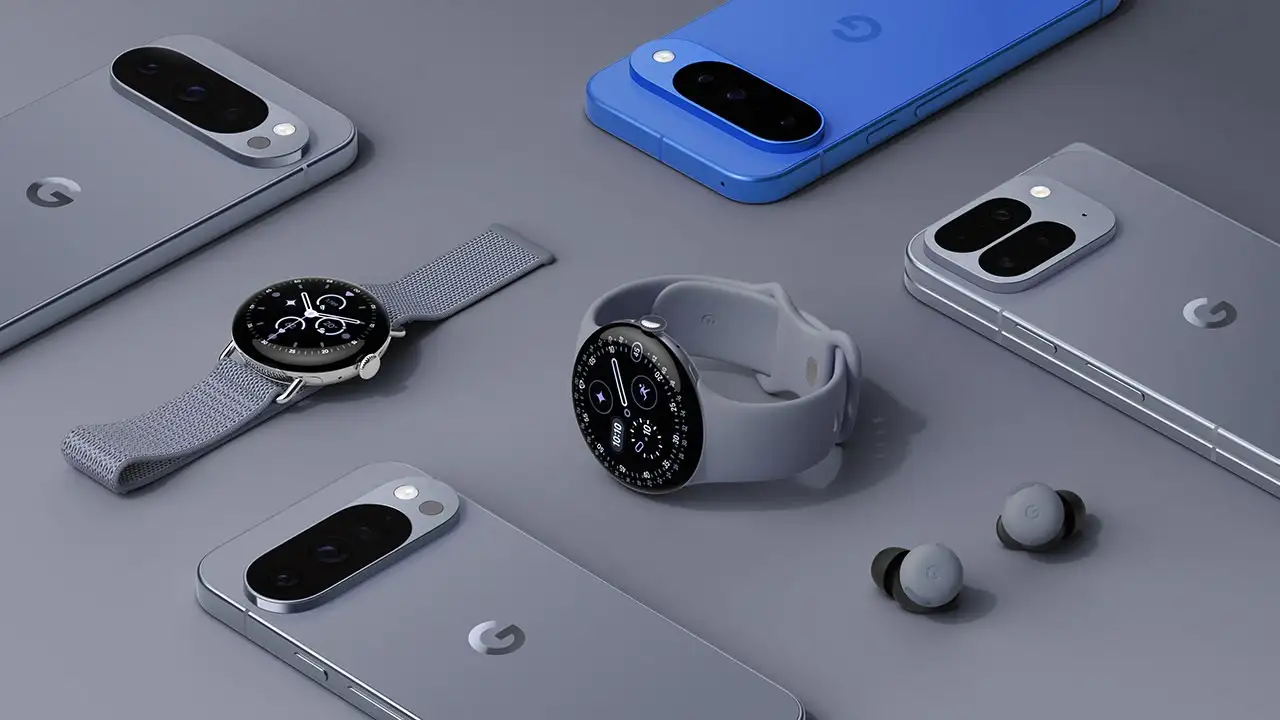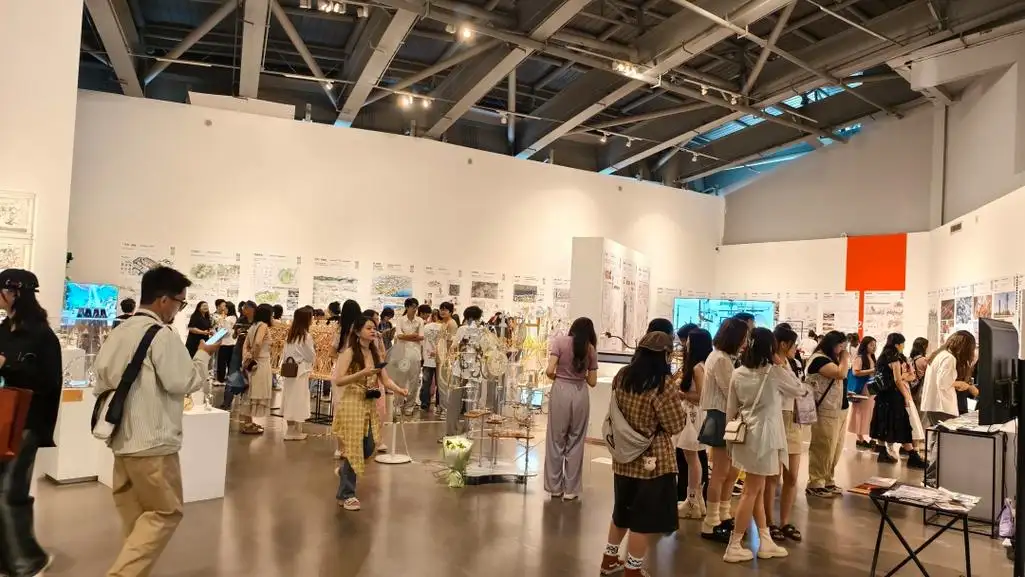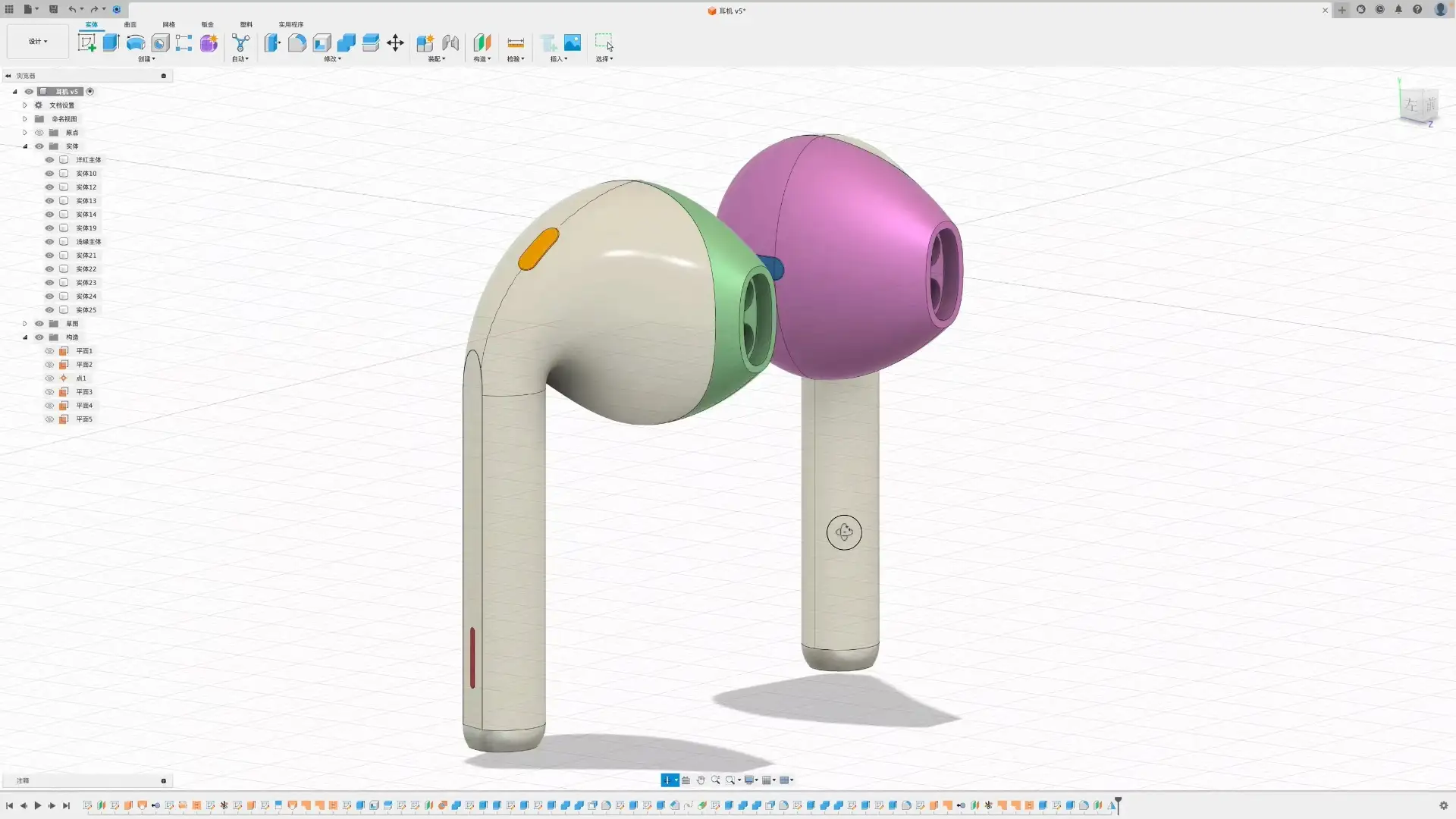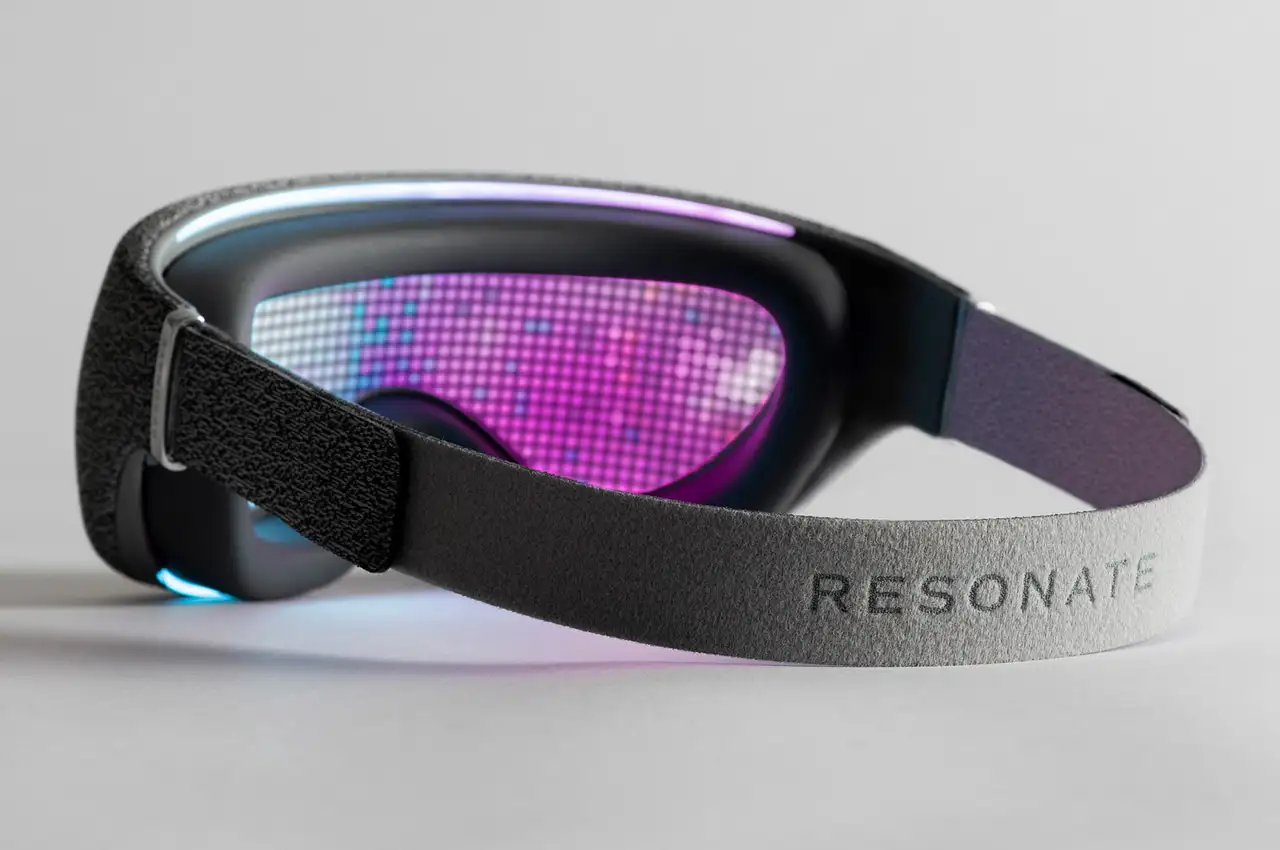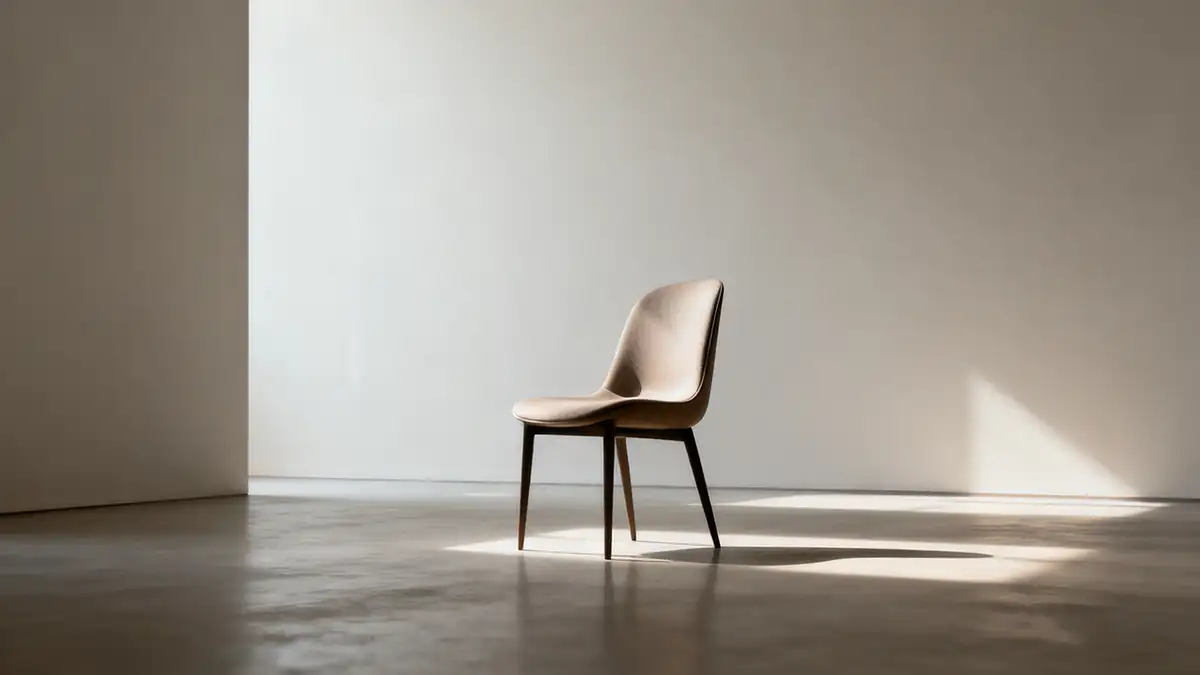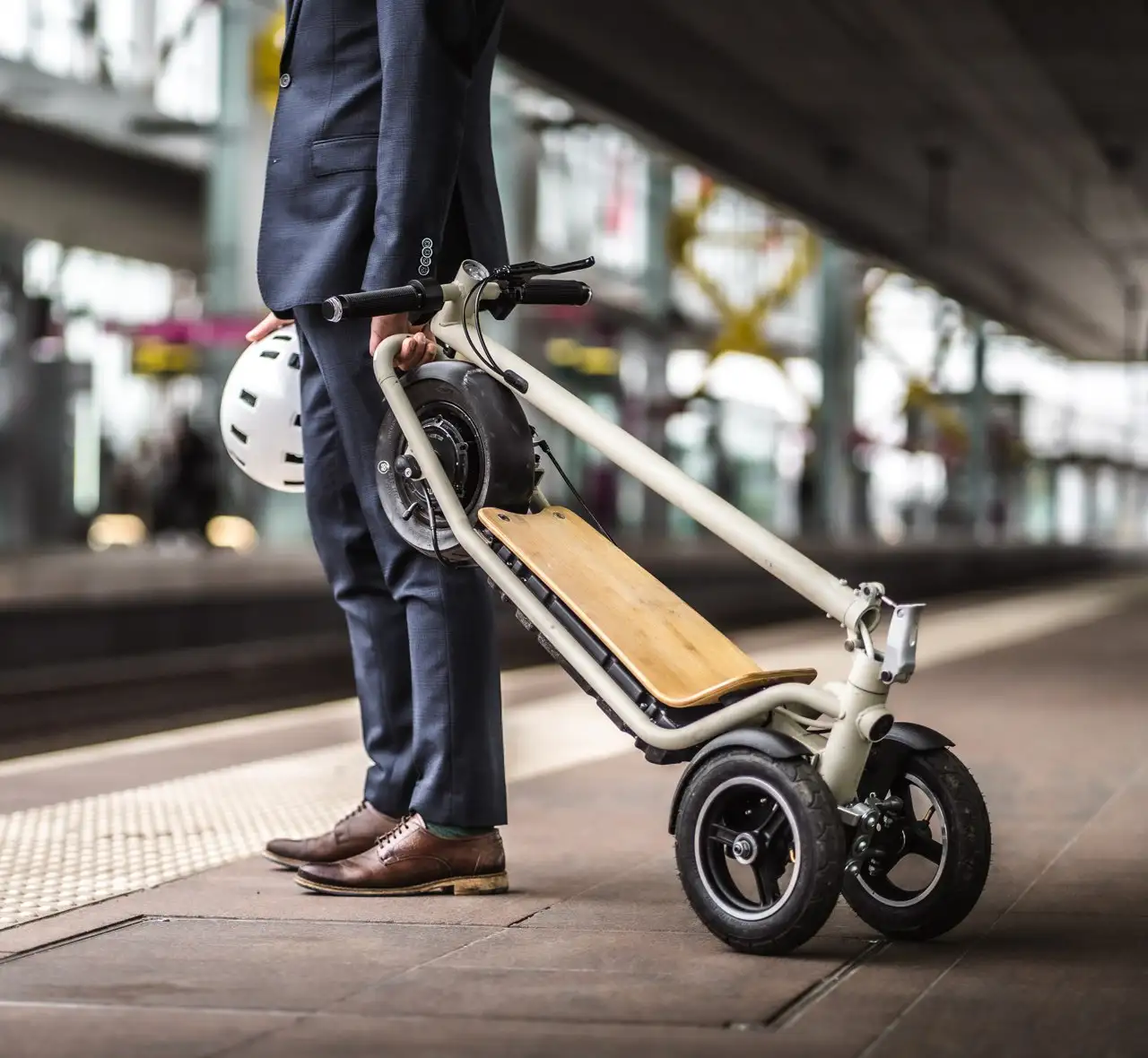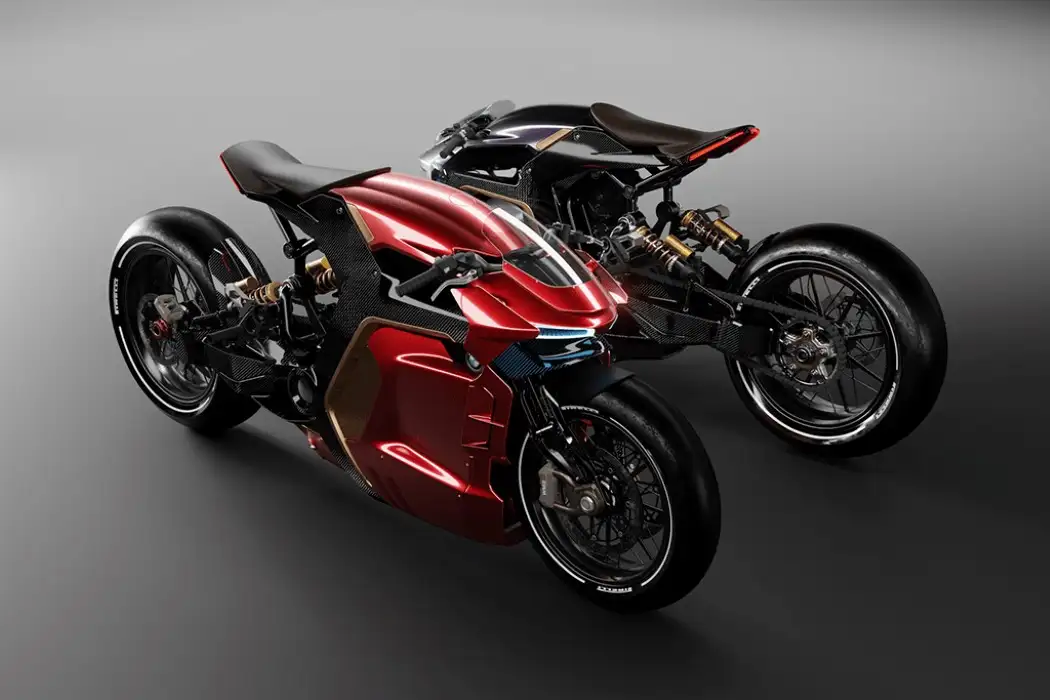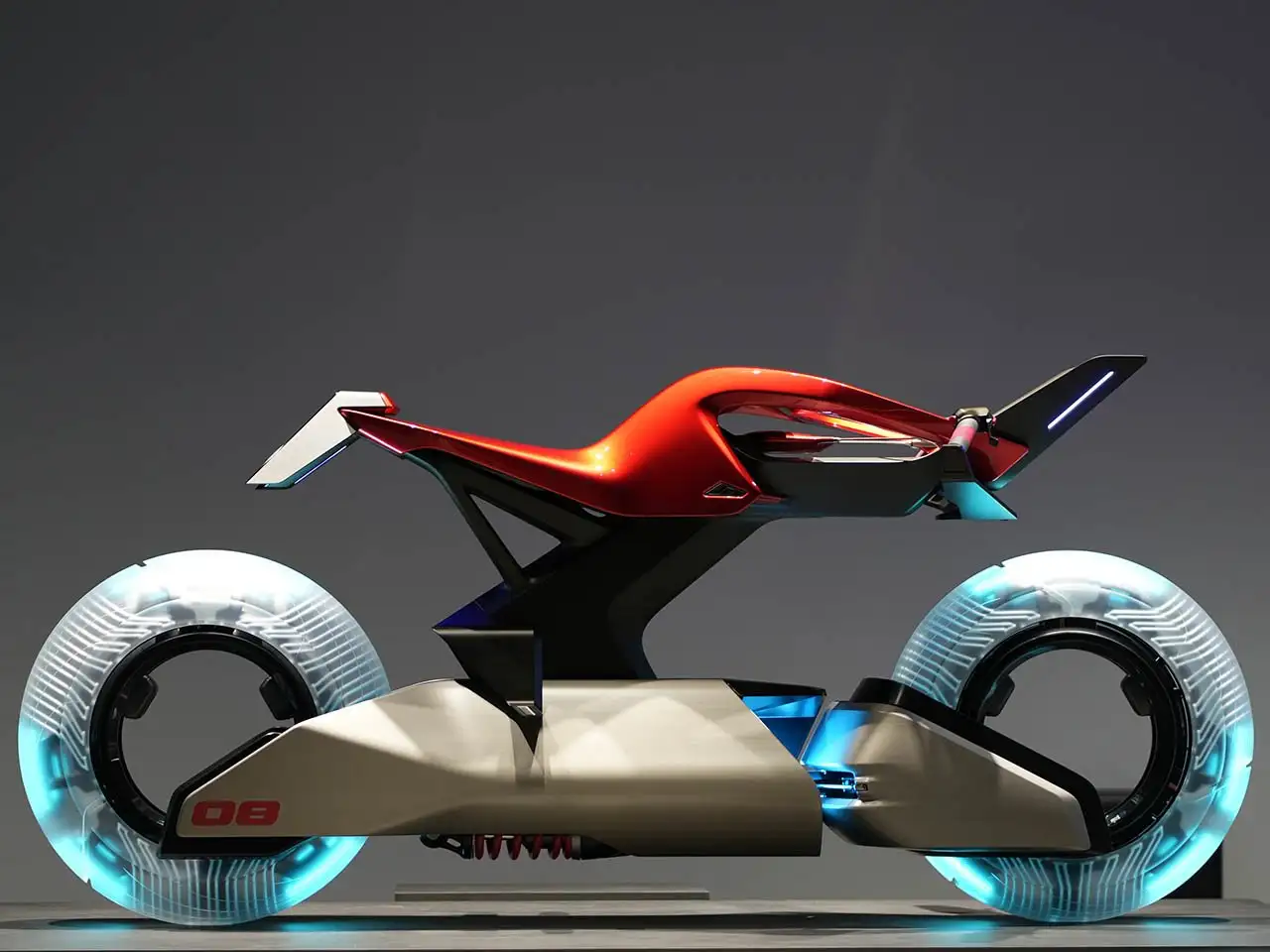NINEIDEA:工业设计产品调研是设计过程中的关键环节,能够为设计决策提供有力依据。以下是进行产品设计调研的具体步骤和方法:

明确调研目的与问题
- 在开始调研前,需清晰界定调研的目的,例如是为新产品开发需求收集,还是对现有产品优化进行升级等。
- 围绕目的确定具体的调研问题,如产品的目标用户是谁,他们有哪些未被满足的需求,竞品的优势和劣势是什么等。
确定调研对象
- 目标用户:涵盖不同年龄、性别、地域、消费层次等具有代表性的潜在用户群体。比如设计一款老年康复辅助器具,就需调研不同健康状况、生活习惯的老年人及其家属或护理人员。
- 相关利益者:包括产品的直接使用者、间接使用者、购买决策者、经销商、售后服务人员等。以儿童玩具为例,孩子是直接使用者,家长是购买决策者,了解他们各自的需求和期望都很重要。
- 行业专家:如相关领域的设计师、工程师、市场营销专家等,他们能从专业角度提供对产品设计趋势、技术可行性、市场前景等方面的见解。
选择调研方法
- 问卷调查:可设计线上或线下问卷,广泛收集大量样本数据。问题类型包括选择题、量表题、简答题等,以了解用户的基本信息、使用习惯、偏好、满意度等。例如,调查用户对某类电子产品外观设计、功能设置、操作便捷性等方面的看法。
- 用户访谈:分为结构式、半结构式和无结构式访谈。结构式访谈有固定的问题模板,半结构式和无结构式访谈则更灵活,可根据访谈对象的回答深入追问。通过面对面或电话、视频等方式与用户交流,深入了解他们的需求、动机、痛点和期望。比如,针对一款办公椅的设计,与办公人员进行访谈,了解他们在长时间使用椅子过程中遇到的问题和对舒适度、功能性的具体要求。
- 观察法:直接观察用户在自然情境下对产品的使用过程,包括使用环境、操作方式、遇到的问题等。可以是实地观察,也可以通过录像等方式进行远程观察。例如,观察超市顾客在挑选商品时对不同包装设计的反应,以及拿取、查看商品的动作和习惯。
- 焦点小组:组织 8 – 12 名具有代表性的用户或相关人员,围绕产品的特定主题展开讨论。主持人引导小组讨论,激发参与者之间的互动和交流,以获取他们对产品设计的各种观点和意见。例如,针对一款新型智能手表的设计,组织焦点小组,讨论手表的外观设计、功能模块、交互方式等方面,收集多样化的反馈。
- 竞品分析:收集市场上同类或相似产品,从功能、性能、外观、材质、价格、用户评价等方面进行详细对比分析,找出竞品的优势和不足,为自己的产品设计提供参考和差异化竞争的思路。例如,对不同品牌的无线耳机进行竞品分析,比较它们的音质、续航时间、佩戴舒适度、充电方式、外观设计等特点。
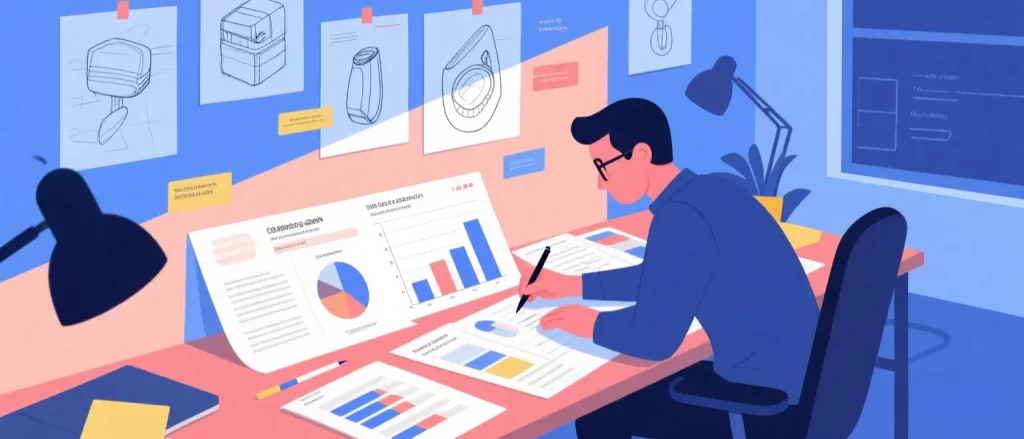
实施调研
- 按照选定的调研方法和计划,有序开展调研活动。
- 在调研过程中,注意保持客观、中立的态度,避免对调研对象产生诱导或偏见。
- 及时记录调研过程中的各种信息和数据,确保数据的准确性和完整性。
分析与整理调研数据
- 对于问卷调查收集到的数据,可使用统计学方法进行分析,如计算平均值、标准差、百分比等,通过图表(如柱状图、折线图、饼图等)直观展示数据分布和趋势。
- 对于用户访谈、观察法和焦点小组获得的定性数据,采用编码、分类、主题分析等方法,提炼出关键主题和观点,总结用户的共性需求、痛点和建议。
- 对竞品分析的数据进行整理和对比,找出市场上同类产品的普遍特点和发展趋势,以及不同竞品之间的差异和优势。
总结调研结果并提出设计建议
- 根据调研数据分析,总结出关于产品的目标用户特征、需求偏好、市场趋势、竞品态势等方面的结论。
- 基于这些结论,结合工业设计的原则和理念,提出针对性的设计建议,包括产品的功能定位、外观风格、材质选择、用户体验优化等方面,为后续的产品设计提供明确的方向和依据。
Methodology for Industrial Design Product Research:
Driving Design Innovation with Demand Insights

NINEIDEA:Industrial design product research is a key link in the design process, which can provide strong basis for design decisions. The following are the specific steps and methods for conducting product design research:
Clarify the research purpose and questions
Before starting the research, it is necessary to clearly define the purpose of the research, such as collecting requirements for new product development or upgrading existing product optimization.
Determine specific research questions around the purpose, such as who the target users of the product are, what unmet needs they have, and what are the strengths and weaknesses of competitors.
Identify research subjects
Target users: covering representative potential user groups of different ages, genders, regions, consumption levels, etc. For example, designing an elderly rehabilitation aid requires researching elderly people with different health conditions and lifestyle habits, as well as their families or caregivers.
Stakeholders: including direct and indirect users of the product, purchasing decision-makers, distributors, after-sales service personnel, etc. Taking children’s toys as an example, children are the direct users, and parents are the purchasing decision-makers. Understanding their respective needs and expectations is important.
Industry experts: such as designers, engineers, marketing experts, etc. in related fields, who can provide insights into product design trends, technical feasibility, market prospects, and other aspects from a professional perspective.
Select research methods
Questionnaire survey: Online or offline questionnaires can be designed to collect a large amount of sample data widely. The types of questions include multiple-choice questions, scale questions, short answer questions, etc., to understand users’ basic information, usage habits, preferences, satisfaction, etc. For example, investigating users’ opinions on the appearance design, functional settings, and ease of operation of a certain type of electronic product.
User interviews: divided into structured, semi-structured, and unstructured interviews. Structured interviews have fixed question templates, while semi-structured and unstructured interviews are more flexible and allow for in-depth questioning based on the interviewee’s answers. Communicate with users face-to-face or through phone, video, and other means to gain a deeper understanding of their needs, motivations, pain points, and expectations. For example, for the design of an office chair, conduct interviews with office workers to understand the problems they encounter during long-term use of the chair and their specific requirements for comfort and functionality.
Observation method: Directly observe the user’s use of the product in a natural context, including the usage environment, operating methods, and problems encountered. It can be observed in person or remotely through methods such as video recording. For example, observing supermarket customers’ reactions to different packaging designs when selecting products, as well as their actions and habits of picking up and viewing products.
Focus group: Organize 8-12 representative users or related personnel to discuss specific topics related to the product. The host guides the group discussion to stimulate interaction and communication among participants, in order to obtain their various perspectives and opinions on product design. For example, for the design of a new smart watch, organize a focus group to discuss the appearance design, functional modules, interaction methods, and other aspects of the watch, and collect diverse feedback.
Competitive analysis: Collect similar or identical products in the market, conduct detailed comparative analysis in terms of functionality, performance, appearance, material, price, user evaluation, etc., identify the advantages and disadvantages of competitors, and provide reference and differentiated competitive ideas for product design. For example, conducting competitive analysis on wireless earphones from different brands, comparing their characteristics such as sound quality, battery life, wearing comfort, charging method, and appearance design.

Conduct research
Conduct research activities in an orderly manner according to the selected research methods and plan.
During the research process, it is important to maintain an objective and neutral attitude to avoid inducing or bias towards the research subjects.
Timely record various information and data during the research process to ensure the accuracy and completeness of the data.
Analyze and organize research data
For the data collected from the questionnaire survey, statistical methods can be used for analysis, such as calculating the mean, standard deviation, percentage, etc. The data distribution and trend can be visually displayed through charts (such as bar charts, line charts, pie charts, etc.).
For qualitative data obtained from user interviews, observation methods, and focus groups, coding, classification, and thematic analysis methods are used to extract key themes and viewpoints, summarize users’ common needs, pain points, and suggestions.
Organize and compare data from competitor analysis to identify the common characteristics and development trends of similar products in the market, as well as the differences and advantages between different competitors.
Summarize the research results and propose design suggestions
Based on research data analysis, summarize conclusions about the target user characteristics, demand preferences, market trends, and competitive trends of the product.
Based on these conclusions, combined with the principles and concepts of industrial design, targeted design suggestions are proposed, including product functional positioning, appearance style, material selection, user experience optimization, etc., providing clear direction and basis for subsequent product design.













